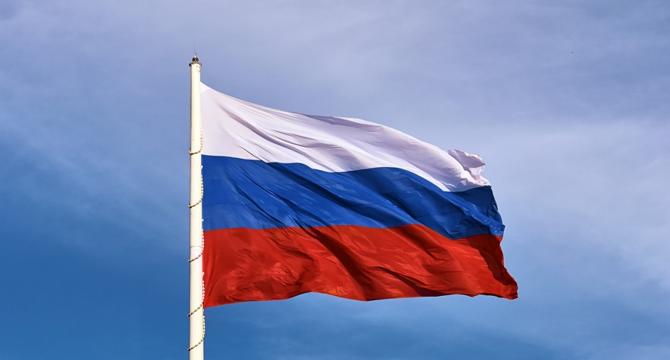Financemagnates
2w
113

Image Credit: Financemagnates
Russia and Stablecoin Use: Ruble-Pegged A7A5 Moved $9B on One Crypto Exchange
- A7A5, a ruble-pegged stablecoin, facilitated $9.3 billion in cross-border payments to evade sanctions on Russia.
- Launched by a Moldovan oligarch and a Russian defense-sector bank, A7A5 has 12 billion tokens in circulation.
- Grinex, a Kyrgyzstan-based exchange, handled most A7A5 transactions alongside rubles and USD-pegged stablecoins.
- Global Ledger found $29 million USDT shifted to A7A5 after US crackdown on Garantex, Russia's top exchange.
- At least $149 million invested in A7A5 is expected to generate ruble interest in the tens of millions.
- The stablecoin had backing from a British-sanctioned firm, A7, before parting ways over development strategy differences.
- Russian officials promoted crypto to bypass Western sanctions, with the country's Finance Minister confirming Bitcoin use in trade settlements.
- Garantex's USDT seizure and closure drove demand for A7A5 as Grinex emerged, but denies direct ties to Garantex.
- Grinex claims to be an independent platform capturing part of Garantex's user base after closure.
- The rise of A7A5 usage coincided with rising interest in using cryptocurrencies in Russia to circumvent sanctions.
- The stablecoin's price response, user adoption, and future regulatory scrutiny remain crucial to its continued success.
- Grinex's role following Garantex's shutdown and USDT freeze underscores the evolving landscape of stablecoins amid geopolitical tensions.
- The complex web of interactions between crypto exchanges, stablecoin issuance, and regulatory oversight in Russia highlights the ongoing challenges in the digital asset space.
- The story was reported by Arnab Shome at www.financemagnates.com.
Read Full Article
6 Likes
For uninterrupted reading, download the app